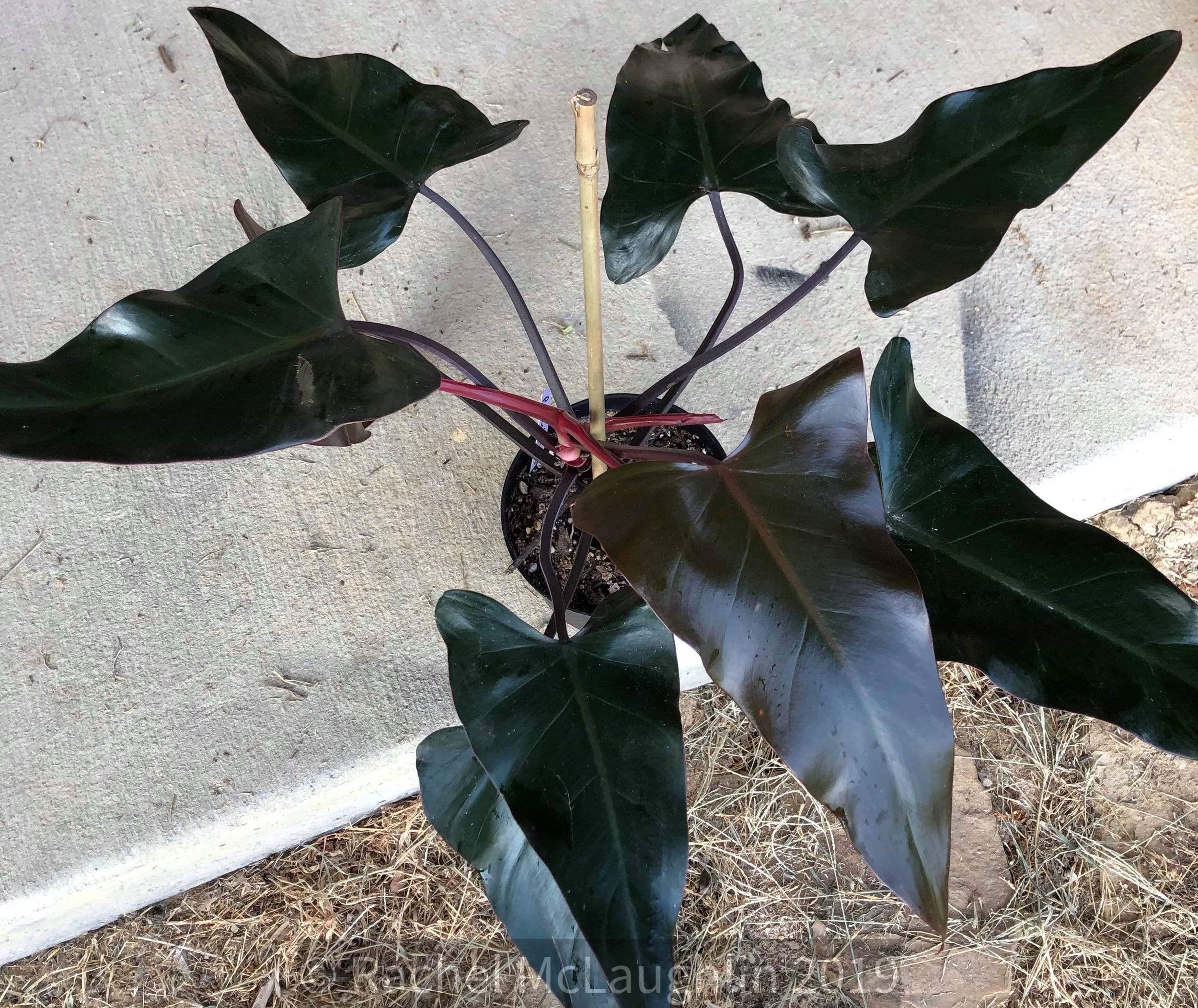Gothic Gardens
Since we can’t carve our pumpkins just yet, we’ve got a whole month of the spooky, creepy, dark, and macabre planned. Previously we’ve looked at some of the most dangerous plants you can grow (if you’re brave enough), and today we’re going to take a look at a handful of plants that have a decidedly spooky vibe that’s perfect for a Goth garden.
We’re featuring both indoor and outdoor plants, so you’ll have plenty to work with whether you’re planting in your yard or adding to your indoor collection. You’ll notice a lot of these plants have black flowers — most “black” blooms are actually deep purples and reds, which adds even more drama when the light catches them.
You’re probably familiar with pretty purple and white Irises that bloom in summer. Black Irises are a striking addition to give your garden a Gothic flair. They enjoy full sun to light shade, and bloom in summer. With around 300 species in the genus, there are many varieties of Iris to choose from to create a stunning display.
Black Hollyhock (Alcea rosea ‘Nigra’) are tall, slender self-sowers that make a perfect addition to the back border of a flower bed. They’re biennials, which you can think of as short-lived perennials that may live up to three years, but more commonly complete their life cycle at two years. Hollyhocks enjoy full sun and a moist but well-draining soil and bloom in summer.
Tacca chantrieri, also known as the Black Bat Plant, offers up impressive, glossy green foliage — but the real show comes when they bloom. The flowers, which bloom from late summer into fall, resemble bats’ wings with trailing whiskers. Bat plants need higher humidity than a normal household, so consider a humidifier if your house tends to be dry.
The dramatic ‘Queen of Night’ Tulip blooms in late spring with a burgundy color so deep it’s almost black. If you have a spot with full to part sun and sandy soil, consider planting tulips. Plant the bulbs in autumn before the ground freezes and you’ll have a darkly beautiful spring garden to look forward to.
Calla lilies (Zantedeschia) in darker hues are stunners, especially because we’re so used to seeing white ones. Dramatic deep purple and black Callas can be grown outdoors in the summer, and bring them in for the colder months.
Aconite, also known as Wolfsbane or Monkshood, produces pretty deep blue-purple flowers — but unless you’re the Potions Master at Hogwarts treat this plant with the utmost care. It’s not called the “queen of poisons” for nothing.
Philodendron ‘Dark Lord’ produces bronze-colored foliage that hardens off into a beautiful black. If you love Aroids and dark plants, the Dark Lord is a must for your collection.
The Black Rose Aeonium (Aeonium arboreum ‘Zwartkopf’) is a tree-like succulent with deep burgundy leaves. They require full sun to develop their most dramatic coloring, so if you have a southern exposure window consider adding this dark beauty to your home.
Black Lace Elderberry (Sambucus nigra) has delicate, deep purple foliage reminiscent of a Japanese maple. In spring it produces light pink blooms that provide a striking contrast to the foliage. If you have a spot with full to part sun, the adaptable Elderberry will tolerate almost any type of soil, but prefer a moist, well-draining soil.
Hellebore, also known as Christmas Rose and Lenten Rose, usually sports deep purple blooms. There are hybrids that have even darker hues. They bloom later in the season and add a witchy flair to your garden when other plants are done flowering.
Many varieties of Witch Hazel are available and make great border plants for the edges of the yard. Common Witch Hazel (Hamamelis virginiana) flowers are yellow, but you can find cultivars that bloom in reddish hues. They enjoy moist soil, making them a good choice if you have an area that stays rather damp. As an ‘understory’ shrub, they will tolerate partial shade to full sun.
House Plant Hobbyist LLC is rolling out a new app and you can sign up to be an early adopter and beta tester. Just follow the link here to join the waitlist and look out for our email!
Happy planting,
Libby & Allis

